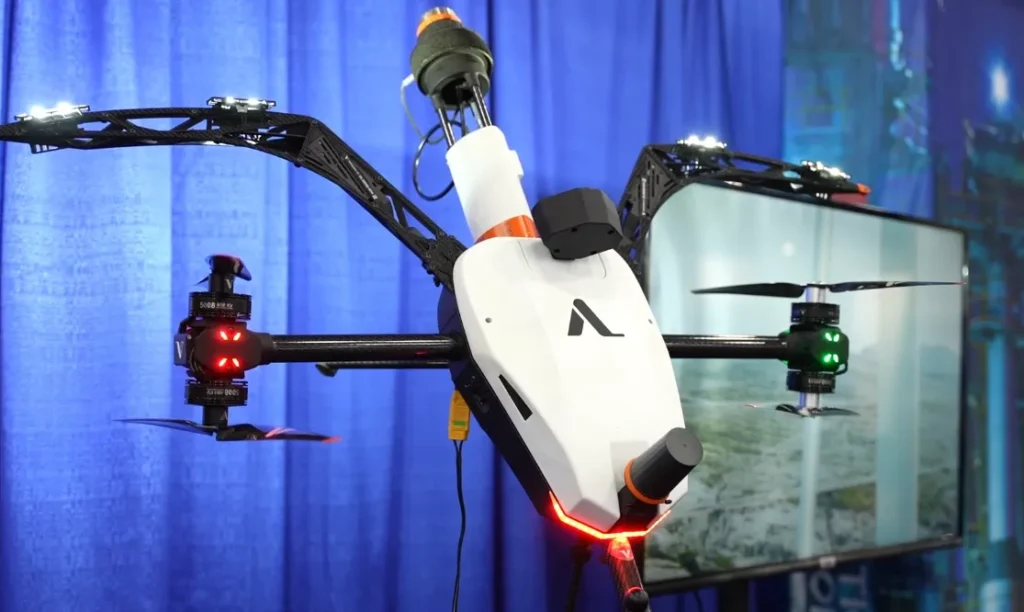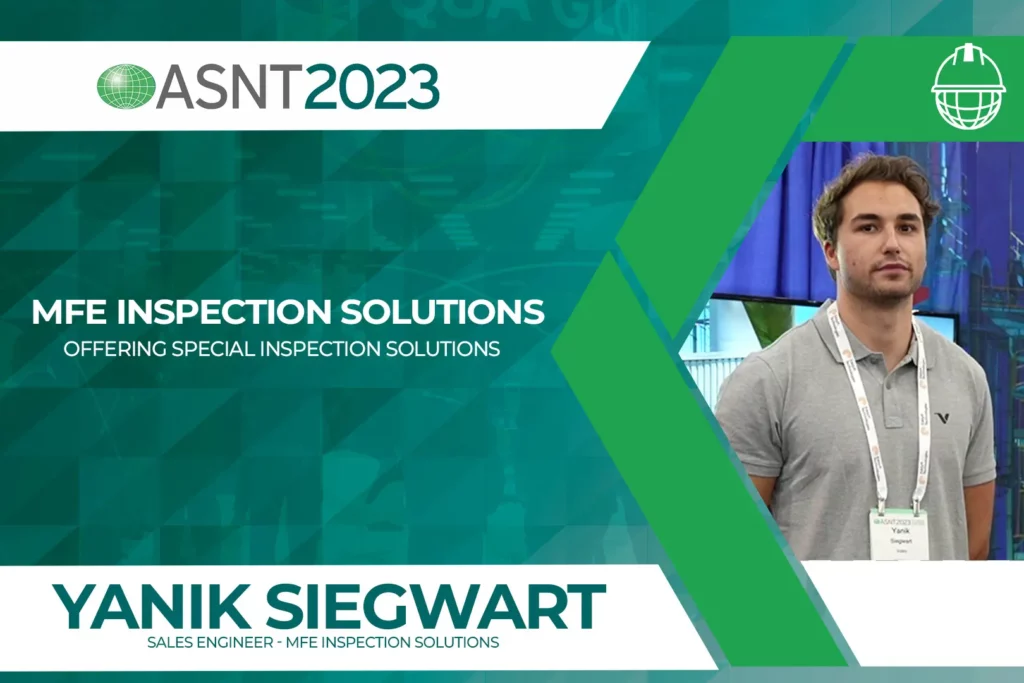NDT drone inspections: Aerial innovation for industrial safety
Digital transformation has been accelerating across the industrial sector, and non-destructive testing (NDT) is not an exception. Traditional inspection methods often involve high-risk activities such as climbing flare stacks or installing scaffolding inside large storage tanks, meanwhile, NDT drones offer a safer, faster, and more cost-effective alternative. In fact, the use of drones for NDT represents a strategic leap in how critical infrastructure is monitored, maintained, and repaired
NDT drone inspections: A strategic advancement in the industry
NDT with drones, also referred to as drone NDT or non-destructive testing with drones, involves using flying platforms equipped with advanced sensors to perform remote visual inspections and technical measurements. These drones are particularly effective in inspecting assets such as:
- Vertical structures like flare stacks
- Storage tanks and pressure vessels
- Confined spaces including tank roofs and interiors
- Steel frameworks at elevated heights
Conventional methods often require intensive labor setups, pose safety hazards to personnel, and incur higher operational costs; drones, on the other hand, eliminate the need for scaffolding and reduce downtime, providing precise data in real time with minimal disruption.
Voliro T: Swiss innovation for industrial drone inspection
Among the most advanced solutions available today is the Voliro T, a drone developed from the ground up with industrial NDT in mind. Engineered in Switzerland and distributed by MFE Inspection Solutions, the Voliro T combines state-of-the-art aerodynamics with integrated sensor systems.
This drone achieves omnidirectional movement by tilting its arms, an innovation that allows it to maintain stable contact with surfaces in any orientation. It includes three key payloads:
- EMET and UT, for steel thickness measurements
- DFT, for coating thickness assessments
These are automatically detected upon connection, streamlining the inspection process. Built primarily from carbon fiber and enhanced with custom 3D-printed components, the Voliro T is lightweight, durable, and adaptable. It can operate even in GPS-denied environments, making it ideal for indoor tank inspections.
The solution is offered through a yearly subscription model of around $90,000, which includes pilot training, insurance, and continuous software updates, ensuring that clients always work with the latest technology.

Technical evolution in aerial NDT
The non-destructive testing with drones is no longer a futuristic vision, it is a current practical solution, driving operational efficiency and safety, and drones like the Voliro T demonstrate a clear evolution toward more versatile and intelligent inspection tools. As regulatory frameworks and industrial acceptance evolve, ndt drones are expected to play an increasingly central role in remote visual inspection and maintenance operations across the globe.
The future of drone inspection is firmly grounded in technological innovation and shaped by the need for smarter, safer industrial practices.
For more ASNT 2023 content, visit our YouTube channel and LinkedIn profile.
Source: Inspenet.


